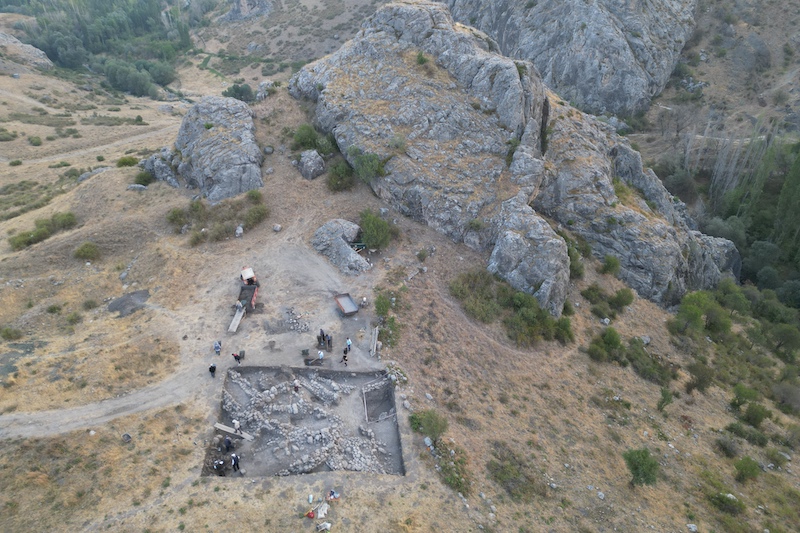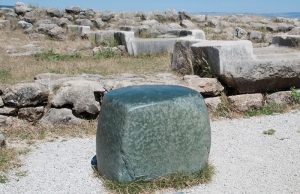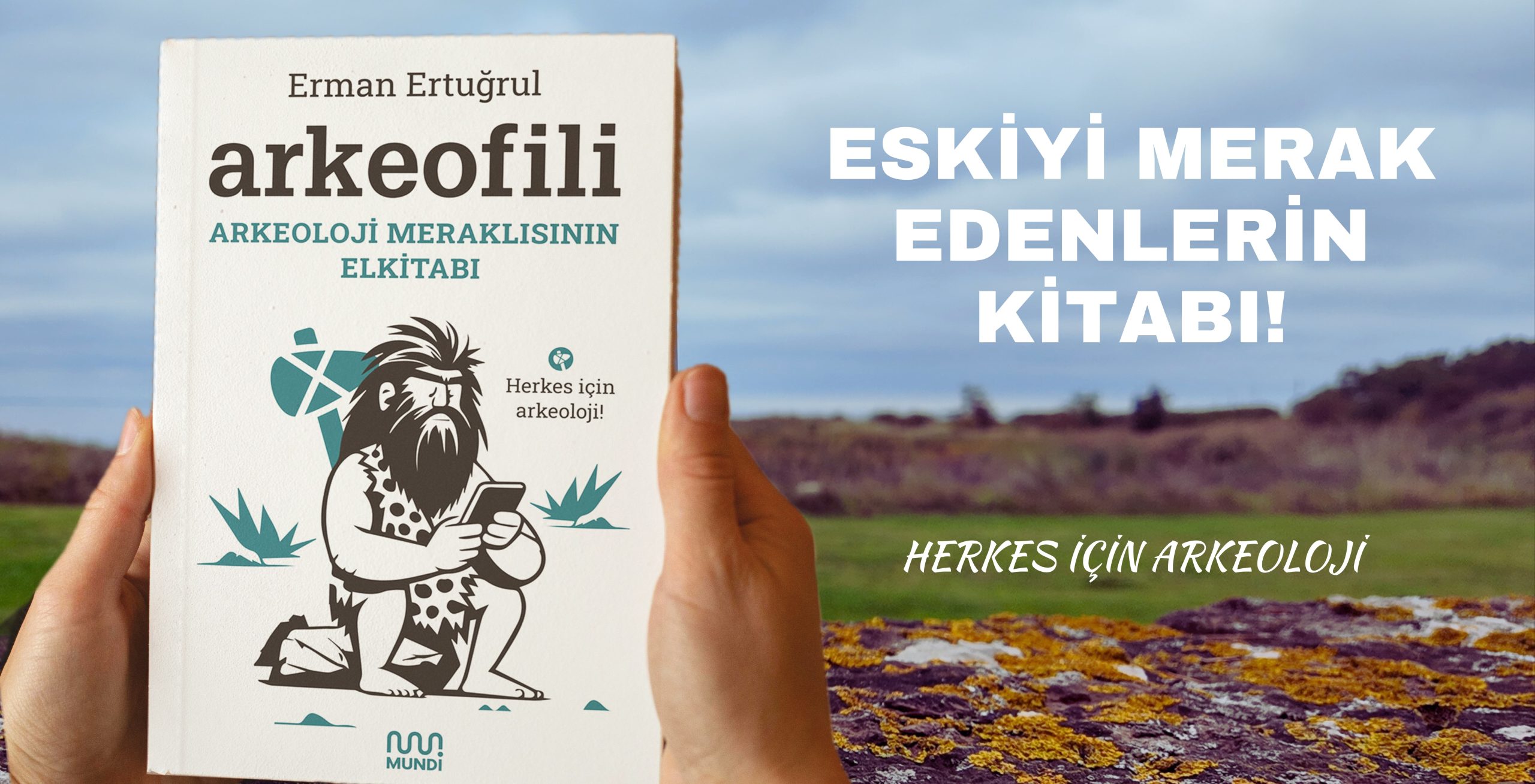New Indo-European Language Discovered at Hittite Capital Hattuşa
A new Indo-European language was discovered during the excavations carried out in Boğazköy – Hattusa, the capital of the Hittites.

The UNESCO World Heritage site of Boğazköy-Hattusa in north-central Turkey is home to the capital of the Hittite empire, one of the great powers of the Late Bronze Age Western Asia. Almost 30,000 clay tablets inscribed in cuneiform have been recovered from the site so far over its 100 years of excavation. These tablets, enrolled since 2001 as part of UNESCO’s “Memory of the World”, provide rich information on the history, society, economy, and, not least, the religious traditions of the Hittites and their neighbours.
Yearly archaeological campaigns led by current site director Prof. Andreas Schachner of the Istanbul Department of the German Archaeological Institute continue to add to the cuneiform finds. Most of the texts are written in Hittite, the oldest attested Indo-European language and the dominant language at the site. Yet the excavations of this year yielded an unexpected surprise. Hidden in a cultic ritual text written in Hittite is a recitation in a hitherto unknown language. Prof. Daniel Schwemer (Würzburg University, Germany), the excavation’s epigraphist, reports that the text designates this idiom as the language of the land Kalasma, an area on the northwestern edge of the Hittite heartland, probably in the area of modern Bolu or Gerede.
The discovery of another language in the archives of Boğazköy-Hattusa is not entirely unexpected. According to Schwemer, “The Hittites were uniquely interested in recording rituals in foreign languages. Ritual texts written by scribes of the Hittite king reflect various Anatolian, Syrian, and Mesopotamian traditions and linguistic milieus. These rituals provide valuable glimpses into the little known linguistic landscapes of Late Bronze Age Anatolia, where not just Hittite was spoken. Thus cuneiform texts from Boğazköy-Hattusa include passages in Luwian and Palaic, two other Anatolian- Indo-European languages closely related to Hittite, as well as Hattic, a non-Indo-European language. Now the language of Kalasma can be added to these.”
Being written in a newly discovered language the ‘Kalasmaic’ text is as yet largely incomprehensible. Schwemer’s colleague, Prof. Elisabeth Rieken (Marburg University), a specialist in ancient Anatolian languages, has confirmed that the idiom belongs to the family of Anatolian-Indo-European languages. According to Rieken, despite its geographic proximity to the area where Palaic was spoken, the text seems to share more features with Luwian. How closely the language of Kalasma is related to the other Luwian dialects of Late Bronze Age Anatolia will be the subject of further investigation.
The work is taking place in Boğazköy/Hattusha as part of the general multidisciplinary research project funded by the German Archaeological Institute (DAI), the Thyssen Foundation, the GRH Foundation, the Volkswagen Foundation and the Italian Ministry of Foreign Affairs. Colleagues from the DAI and the Universities of Istanbul, Würzburg and Marburg are working together on the documentation and interpretation of the Text.
















You must be logged in to post a comment Login